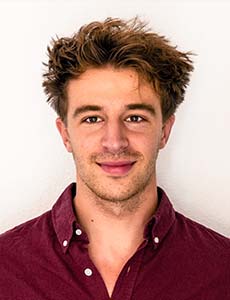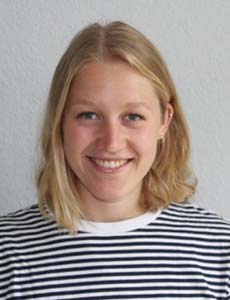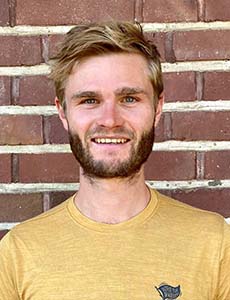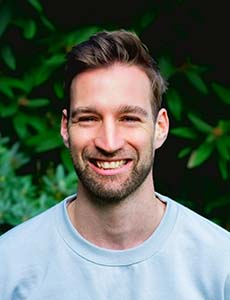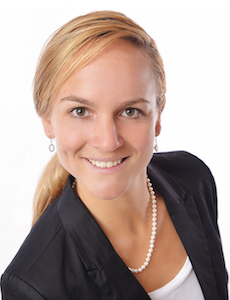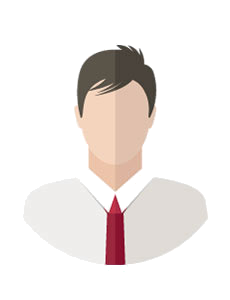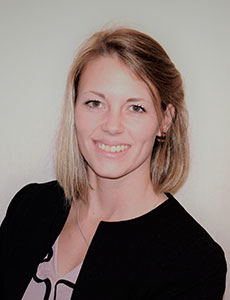Exercise and Human Movement Science
Our division represents the scientific disciplines Exercise and Human Movement Science, including Biomechanics, in research and teaching. As part of our research, we focus on the effects, dose-response relations and physiological adaptations following different types of physical exercise (e.g., balance and resistance training) in individuals across the lifespan. Within the applied research setting of youth and elite adult sports, we primarily target research questions in the fields of performance monitoring, testing and training. In recreational sports, we focus on the development, evaluation and implementation of exercise intervention strategies in different populations (e.g., seniors). In addition, the development of new sports equipment (e.g., running shoes) is a key feature of our research. Basic research questions primarily target neuromuscular mechanisms underlying human motor control.
News
DJ Fatigue Study - Study participants wanted
We are investigating the influence of mental and/or physical fatigue on reactive jump performance.
You are between 18-30 years old, healthy, athletic, able to jump reactively and interested in getting to know the biomechanic lab?
If you are interessted or if you have further questions please contact Jona Kramer or Janice Waldvogel.
Recent publications
Belamjahad, A., Tourny, C., Jebabli, N., Clark, C.C.T., Laher, I., Hackney, A.C., Granacher, U. & Zouhal, H. (2024). Effects of a preseason neuromuscular training program vs. an endurance-dominated program on physical fitness and injury prevention in female soccer players. Sports Medicine – Open, 10(76).
Sortwell, A., Ramirez-Campillo, R., Granacher, U., Burfield, L., Redwin, R., Heelis, J., & Andre, R. (2024). Cognitive activation physical activity sessions: Strategies for successful whole school implementation in the primary school setting. Strategies, 37(5), 22–29.
Darragi, M., Zouhal, H., Bousselmi, M., Karamti, H.M., Clark, C.C.T., Laher, I., Hackney, A.C., Granacher, U. & Zouita, A.B.M. (2024). Effects of in-season strength training on physical fitness and injury prevention in north African elite young female soccer players. Sports Medicine – Open, 10(94).
Blechschmied, R., Hermse, M., Gäbler, M., Elferink-Gemser, M., Hortobágyi, T., & Granacher, U. (2024). Sequencing Effects of Concurrent Strength and Endurance Training on Selected Measures of Physical Fitness in Young Male Soccer Players: A Randomized Matched-Pairs Trial. Sports medicine - open, 10(1), 62.
Research colloquium
During the semester the research colloquium takes place every tuesday between 2.15 and 3.45 pm (seminar room 1, IfSS, Sandfangweg 4, 79102 Freiburg).
Research
The research activities of our working group cover the following research topics:
Analysis of complex movements
To functionally understand human movement, the complex interplay between the central nervous system and the tendo-musculo-skeletal system is of high interest. By using biomechanical methods the mechanisms and risk factors of specific injuries and pathologies is analyzed in order to derive effective preventive and rehabilitative countermeasures. Furthermore, the interaction of motor control and cognition are of special interest. These findings can be incorporated into applied research for athletes, sport enthusiatist and the general population for health promotion. Another research focus deals with basic research questions that investigate the neuromuscular control of locomotion under variable load conditions. Finally, the quantification of the influence of sports equipment (e.g. bandages, orthoses, sports shoes, etc.) on joint stability and loading as well as and athletic performance is a further focus of research.
Diagnostics and training
This research focus deals with performance and functional diagnostics using (sports) motor and laboratory-based diagnostics. For example, sport-specific needs of junior or elite athletes can be derived based on the literature and/or determined in laboratory and field tests. The analyses allow conclusions to be drawn about determinants of athletic performance and potential risk factors for injuries, which can be addressed individually through training interventions. In addition, questions are investigated that analyze the physiological adaptation processes of neuromuscular training forms (e.g. strength and balance training) and endurance training. Different target groups across the lifespan (e.g. children & adolescents, senior citizens, patients) are examined with regard to neuromuscular, physiological and biomechanical parameters.
Teaching
Teaching focuses on the scientifically oriented areas of Exercise and Human Movement Science including Biomechanics. In the field of Human Movement Science/Biomechanics, we focus on human locomotion and sport-specific as well as everyday movements. Starting from the question of how movement is planned and controlled, movements are examined biomechanically in order to explain daily activities and athletic performance. Our teaching additionally comprises biomechanical approaches for injury risk management. In the context of Exercise Physiology, we teach the effects and dose-response relations of different exercise types in different populations.
Laboratory
measurement method
I Kinetics, kinematics, posturography
- force plates (AMTI, Kistler)
- leg force measuring device (BKM)
- Isokinet (Biodex 4)
- handdynamometer (Jamar)
- Flywheel
- time measurement (Witty)
- motion analysis systems (SIMI Motion, Vicon)
- high-speed cameras (Basler)
- perturbation platforms (Posturomed & Pertumed)
II bio-/electrophysiological methods
- heart rate monitors (Polar)
- lactate analysis system (EKF diagnostics, Lactate Scout)
- bioimpendance analysis system (SECA)
- electromyography (cometa Pico EMG & Mini Wave infinity)
- peripheral nerve stimulation
- spiroergometry
- ultrasound devices ArtUS EXT-1H (Telemed)
III anthropometry and endurance ergometer:
- skin wrinkle measuring device (caliper)
- running treadmill quasar med 5 (h/p/cosmos)
Scientific co-workers
Chair Exercise and Human Movement Science:
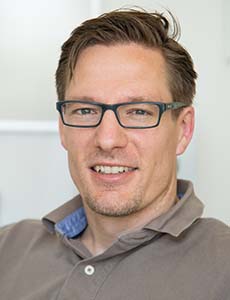 |
Prof. Urs Granacher, PhD Consultation by appointment. Department of Sport and Sport Science 3. floor room 03 011 Tel.: +49 761-203 4510 |
Biomechanics:
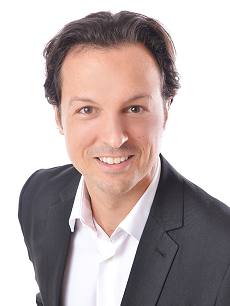 |
Prof. Dominic Gehring, PhD Consultation by appointment. Department of Sport and Sport Science 3. floor room 03 010 Tel.: +49 761-203 4521 |
Scientific co-workers:
|
|


